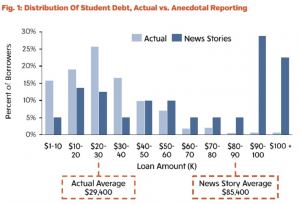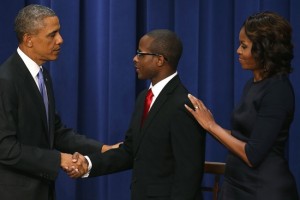 Former Maryland Governor Martin O’Malley recently declared his candidacy for the Democratic nomination for president, challenging front-runner Hillary Rodham Clinton. Among his key proposals as a candidate are to offer students in public colleges and universities “debt-free college” and for states “to immediately freeze tuition rates.”
Former Maryland Governor Martin O’Malley recently declared his candidacy for the Democratic nomination for president, challenging front-runner Hillary Rodham Clinton. Among his key proposals as a candidate are to offer students in public colleges and universities “debt-free college” and for states “to immediately freeze tuition rates.”
While these may sound like good ideas to address the rising price of college, what is concerning is that Governor O’Malley has evidently crafted these proposals based on his own experience with student loans. As The Washington Post recently wrote,
The proposition is deeply personal for O’Malley: Aides say he and his wife have already incurred $339,200 in loans to put the two eldest of their four children through universities. . . “Right now, student loan debt is holding us back — student by student, family by family, and as a nation, we have to do better,” O’Malley said during an event at Saint Anselm College in Manchester.
Continue reading “Don’t craft student loan policy based on Governor O’Malley’s experience”
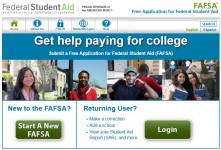
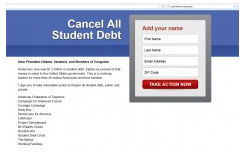

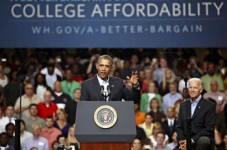

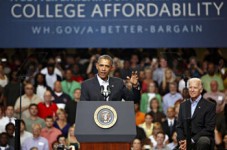
 This week’s New York Times contained a piece by economics columnist Eduardo Porter titled “
This week’s New York Times contained a piece by economics columnist Eduardo Porter titled “